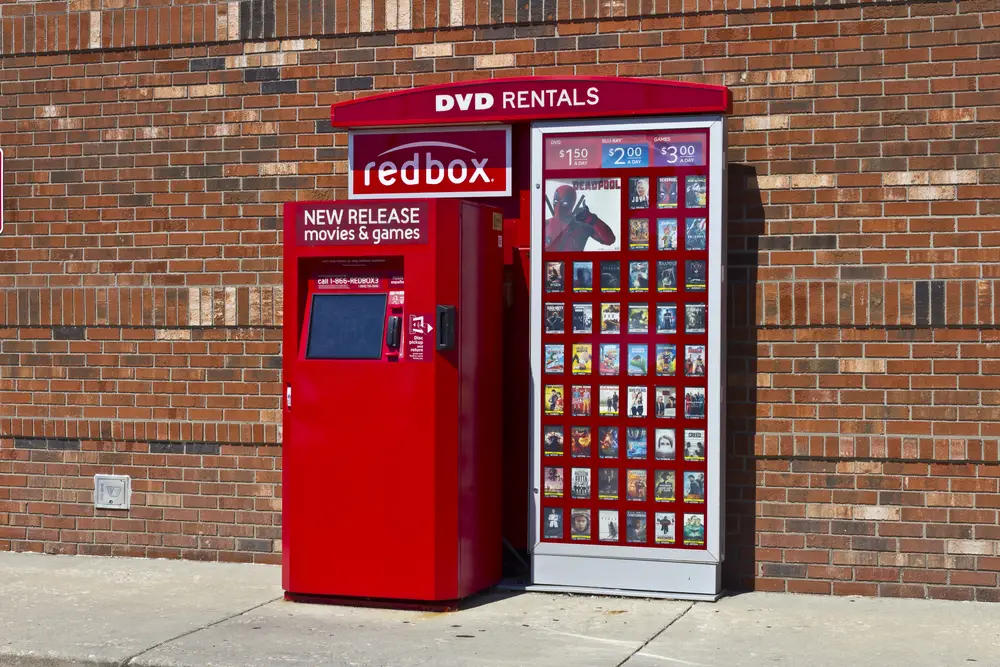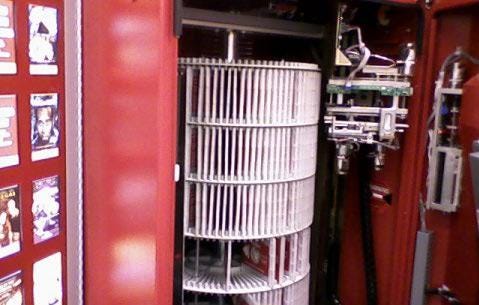
There’s probably a good chance that if you live in the United States that you’ve used or at least seen the Redbox DVD and Blu-ray video rental machines sitting in front of grocery stores, gas stations, and other businesses.
This video rental concept first started in Denver, Colorado, in 2004, and it allows a consumer to rent a video from one kiosk and return it to the same or another location within 24 hours. The consumer can elect to keep the DVD or Blu-ray and are charged each day up to day 25. After that, they own the movie.
About 50% of all discs rented at a kiosk end up back at the same kiosk, but what about the other 50%? Since movies can be rented at one location and then returned to another, even in another state, for example, how does Redbox keep the machines filled up with the latest and greatest titles? Quite simply, it all comes down to logistics and a team of over 1,000 field employees that service the machines.
According to Redbox, there are over 41,500 kiosks at over 34,000 locations, and 70% of the US population lives within a 5-minute drive to a kiosk. Around 5.9 billion DVD and Blu-ray discs have been rented at Redbox during its history, about 625 rentals per minute. That’s a lot of videos to keep track of.
Redbox has a subsidiary that replicates discs, puts them in cases, and places a barcode on them. The titles are then organized and shipped to warehouses around the country before being given to field workers. Redbox started an automated system in 2014 that sends messages to field workers telling which titles and how many needed to be added to the machines. A mechanism in the machine tells workers which titles need to be removed when they’re loading it. Prior to 2012, field workers had to sort video titles themselves that went into the machines.
Analytics come into play with each machine, and they’re stocked based on the rental history of a machine in a certain location. The machine is then filled based on that data and the rental preferences of the people using those machines. New releases are in demand for the first two to three weeks, so machines are given extra copies of those titles during that time period.
Field workers service about 60 machines a week, and they visit each machine about once a week to clean the machine and to add and remove titles based on the analytical data from Redbox. Titles for a particular machine already come organized from the warehouse before getting put in the machine.

About 700 titles can be stocked in a kiosk, and they sit in a carousel inside. The movie studios require Redbox to destroy 80% of the discs for each title, so when a disc is removed, it is sent to another facility to either be destroyed and recycled or put back into use at another kiosk.
Sources: Redbox, Chicago Tribune, Wikipedia

